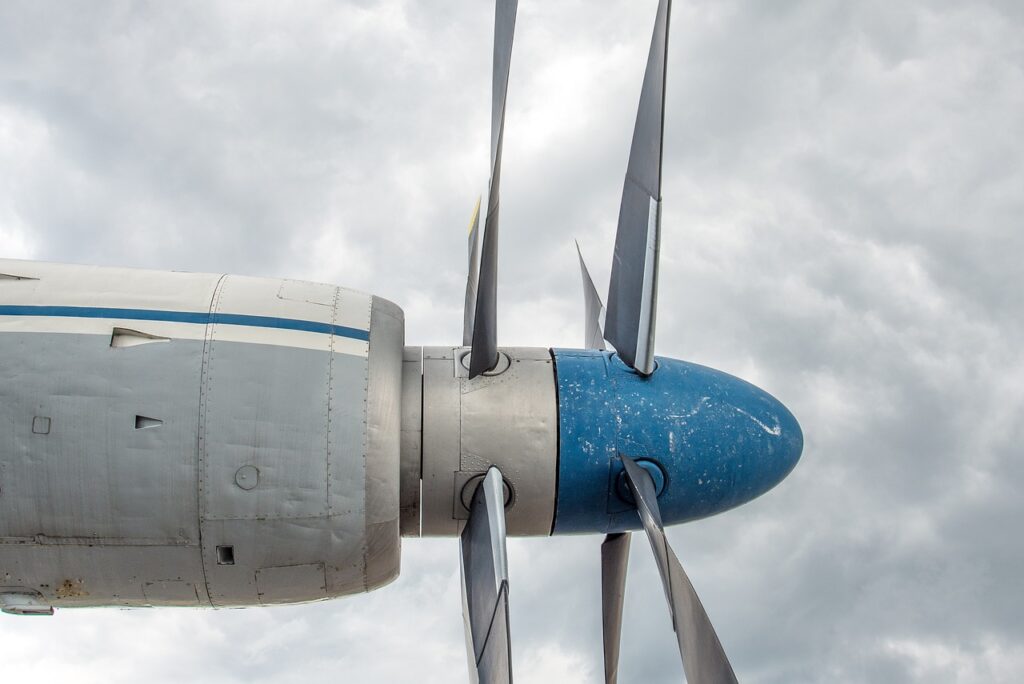In the vast expanse of global greenhouse gas emissions, air travel’s seemingly modest 3 percent share belies its colossal impact, surpassing the collective emissions of entire nations.
As the aviation industry grapples with its environmental footprint, hydrogen fuel cells emerge as a beacon of hope, promising a paradigm shift towards sustainable air travel.
In the early chapters of 2023, ZeroAvia, a trailblazer in hydrogen-electric aircraft, etched history with the triumphant flight of the world’s first hydrogen-powered aircraft. Soaring gracefully over Cotswold Airport in the UK, the 19-seater plane, equipped with both a kerosene-powered engine and a hydrogen fuel cell engine, marked a pivotal moment in aviation’s quest for eco-friendly alternatives.
Following suit, Universal Hydrogen soared above the West Coast of the United States with ‘Lightning McClean,’ a hydrogen fuel cell-powered aircraft, albeit with one engine running on hydrogen. Simultaneously, H2Fly, a German innovator, achieved sustainability milestones, showcasing the potential of fully hydrogen-dependent flights lasting over three hours with the HY4 aircraft.
The International Council on Clean Transportation (ICCT) spotlights liquid hydrogen as a game-changer, envisioning a staggering 90 percent reduction in greenhouse gas emissions for propeller-driven aircraft using liquid hydrogen fuel cells. Notably, these aircraft produce no harmful nitrogen oxides or toxic byproducts, as the sole byproduct of hydrogen fuel cells is water.
ZeroAvia and Universal Hydrogen are at the forefront of ushering hydrogen-powered commercial flights into reality, with plans to introduce them within the next year. Liquid hydrogen emerges as a strategic choice to amplify the range of these aircraft, offering a compelling solution to bridge the gap between ambition and implementation.
Aviation titans Boeing and Airbus are not left behind in this transformative journey. Both giants are advancing hydrogen engine technology for large commercial aircraft. Airbus envisions a fleet of hydrogen-powered planes—Turboprop, Turbofan, and Blended-Wing Body—designed to cover substantial distances with capacities ranging from 100 to 200 passengers.
As hydrogen assumes a pivotal role in aviation, the industry stands on the brink of a revolutionary transformation in curbing greenhouse gas emissions and mitigating global warming. The success of the 10-minute test flight in the previous year propels hydrogen-powered aircraft to the forefront, providing a tantalizing preview of a more environmentally friendly future for air travel.





